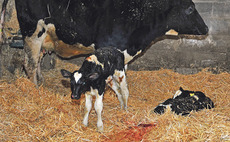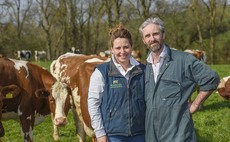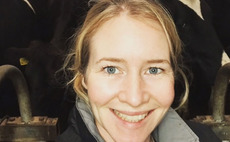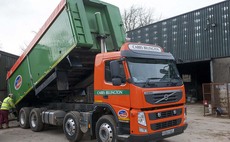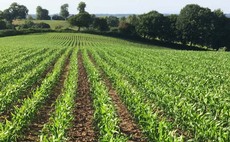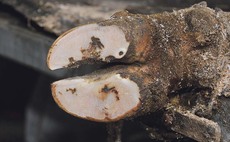Dairy Farmer
Livestock
Becky Fenton and husband Paul milk 180 pedigree Holsteins under the Springlebee prefix at Centenary Farm, a Cheshire county council farm. In 2021, they bought a farm in Staffordshire and they plan to farm there once the new dairy set-up has been built.
Livestock
Higher milk yields have led to a gradual increase in twin pregnancies among UK dairy herds. Andy Hayton, of Sandstone Vets Group, explains the associated risks and how twin pregnancies can be managed for better results post-calving. Katie Fallon reports.
Livestock
A Somerset milk producer believed his closed herd was protected from BVD, until an abortion storm prompted him to call in his vet to investigate. Wendy Short reports.
Livestock
Claire Eastham farms with her husband Martyn in Dorset, where they milk 120-spring calving cows. After gaining knowledge and experience working for other businesses, the couple started their own dairy farming journey in 2015 by taking on a share farming agreement before progressing to their current county council farm.
Livestock
A growing number of farmers in Northern Ireland are moving towards autumn- and winter-calving as a way pf maximising milk from grazed grass, particularly at the end of the cow’s lactation. Richard Halleron speaks to a farmer who is doing just that.
Dairy
How you seal your silage clamp can have a huge effect on the speed and efficiency of the clamp-filling process, the quality of forage ultimately produced and the labour hours needed to maintain it once it is opened for feed-out.
Livestock
High costs continue to drive the global market, keeping supplies tight. Cedric Porter reports.
Livestock
Be flexible and tailor pre and post-emergence sprays to specific weed burdens on fields advises independent agronomist Richard Cromie. Dairy Farmer reports.
Livestock
At a recent AHDB webinar, Sara Pedersen, cattle health and production specialist at Farm Dynamics, explained how recording data on farms can improve foot health within the dairy herd. Katie Fallon reports.
Livestock
Cows start to feel uncomfortable and can experience heat stress at lower temperatures than some might realise.

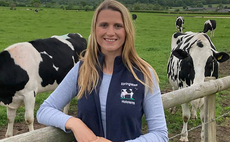
 24 May 2022
•
3 min read
24 May 2022
•
3 min read
